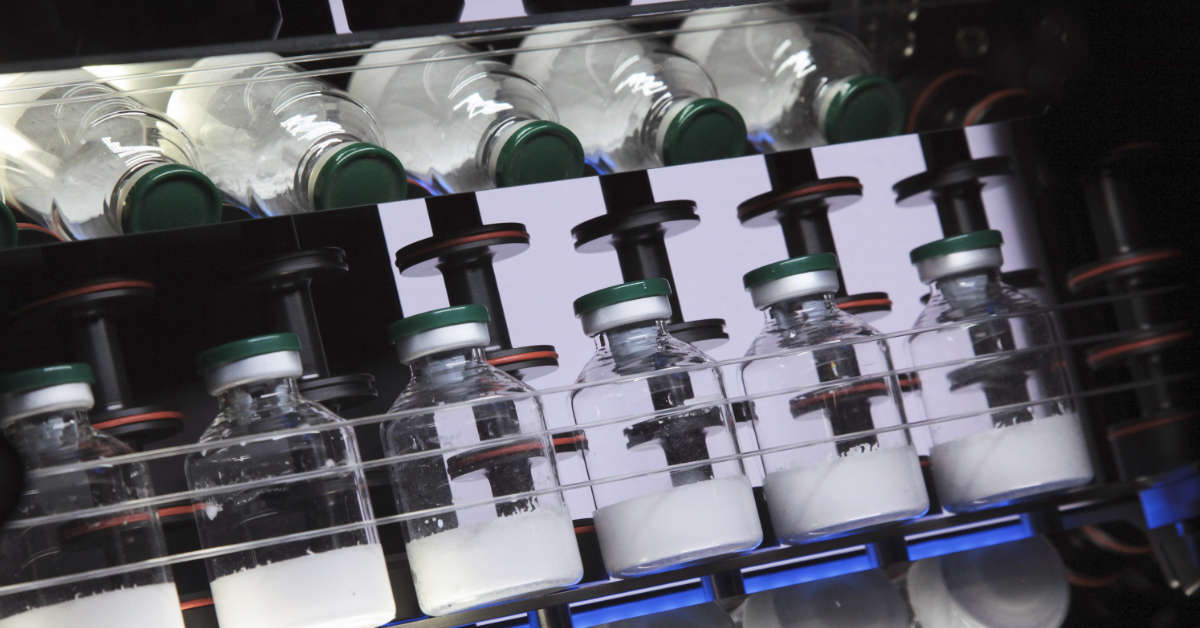The Indian pharma packaging industry has been asked to find effective solutions for child safety and elder friendly packaging of products. The aim is to safeguard their interest and contribute to the growth of the pharmaceutical industry.
The role of packaging
As stated by H.G. Koshia, Commissioner, Food & Drugs Control Administration, Government of Gujarat, “pharma packaging is one of the important stakeholders of the pharmaceutical industry. It protects the product from the environment, it carries a lot of information, and maintains the integrity of the product”.
Child resistant and elder friendly packaging
Koshia asked packaging solution providers to focus more on child resistant packaging (CRP), so that children shouldn’t consume drugs by accident. And pharma packaging should also be elder friendly, considering their illness, weakness and difficulty in opening bottles. “Going forward, the geriatric number will grow and appropriate packaging must be developed through proper R&D”, he said.
Between innovation and sustainability
These thoughts were also reiterated by H.G. Ananthakrishnan, director general, Organization of Pharmaceutical Producers of India (OPPI), who emphasized the value of innovation and sustainability as an engine for the growth of the sector. In particular, “innovation is important, because very sophisticated treatment will require sophisticated pharma packaging, which will help sustain these medicines, maintain their integrity and make it available to patients”.
Attention must also be placed on the development of eco-friendly packaging. The issue is how to make the packaging materials sustainable without compromising product quality.
Outlook for the sector
Government reforms and surge in demand kept the pharma packaging industry on a strong growth trajectory. Yogesh Mudras, managing director, Informa Markets in India, affirmed that the pharma packaging market, valued at $1.4 billion, is expected to grow at a rate of 8.10% CAGR during 2022-2027 and 7.54% CAGR till 2030 and a reach market size of $3 billion.
Source: thehindu.com


